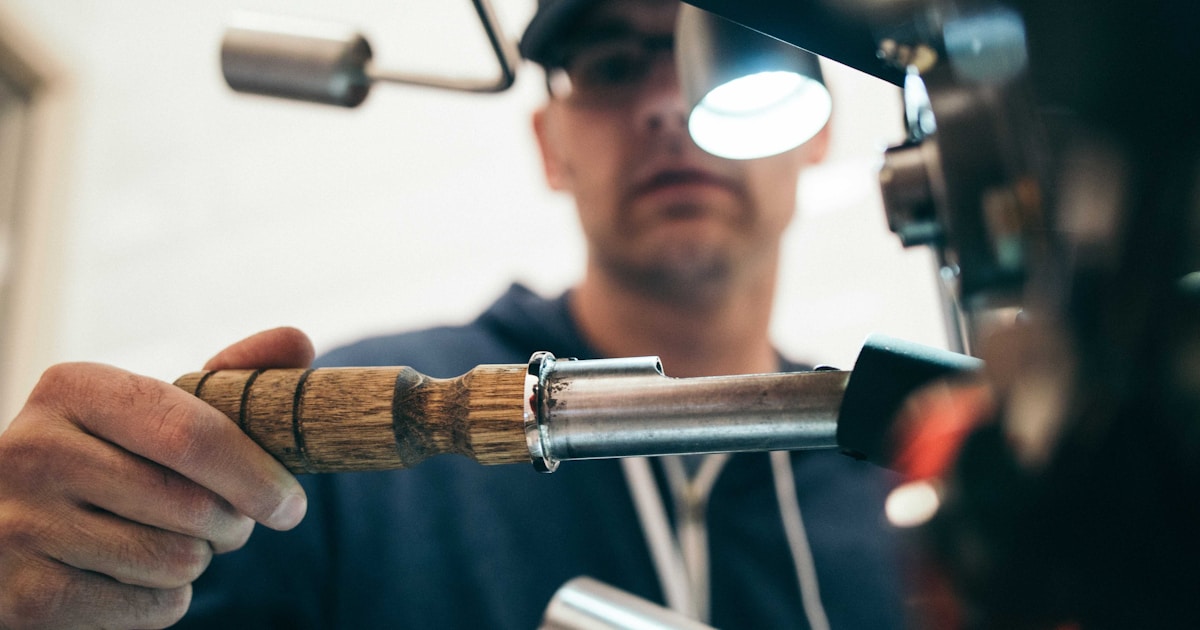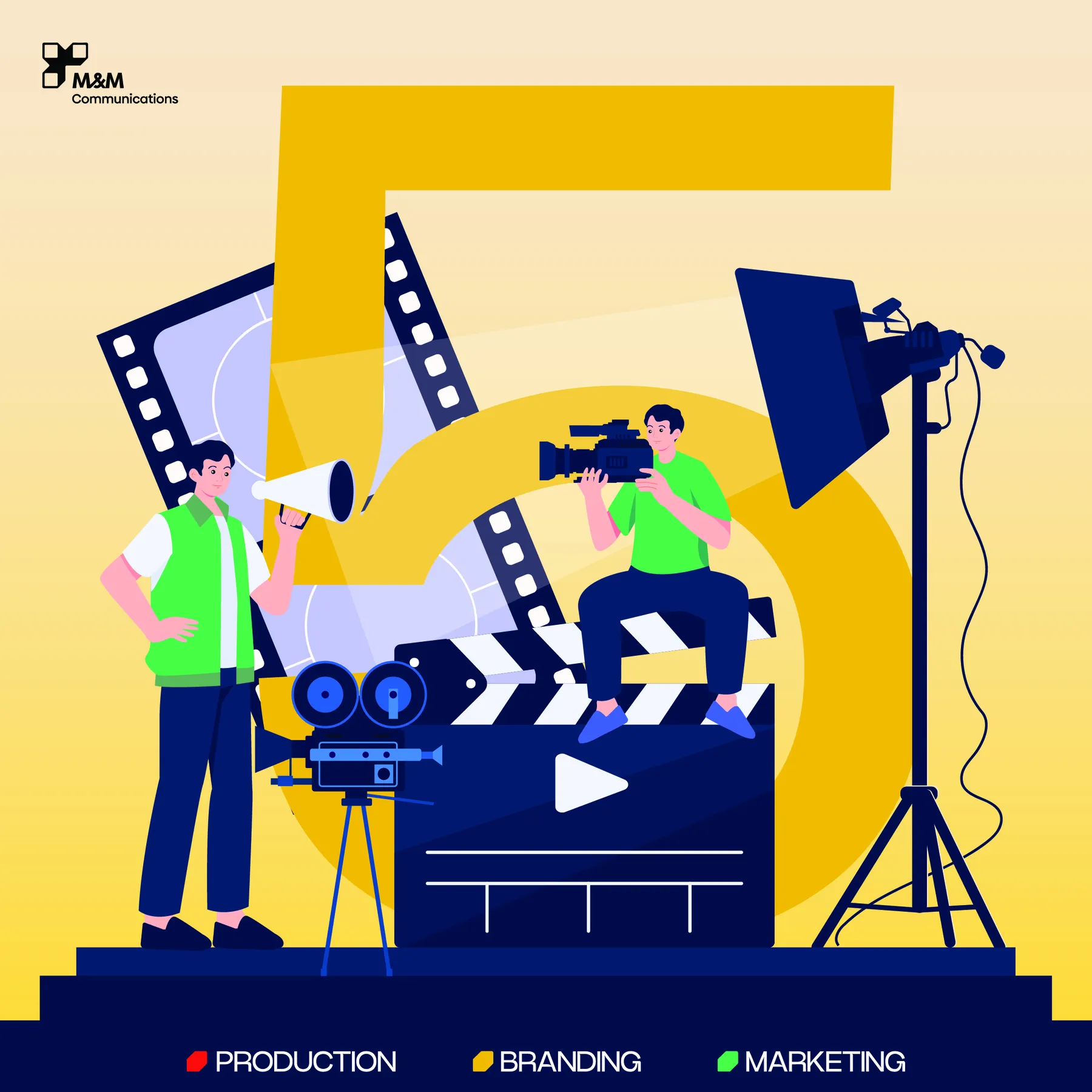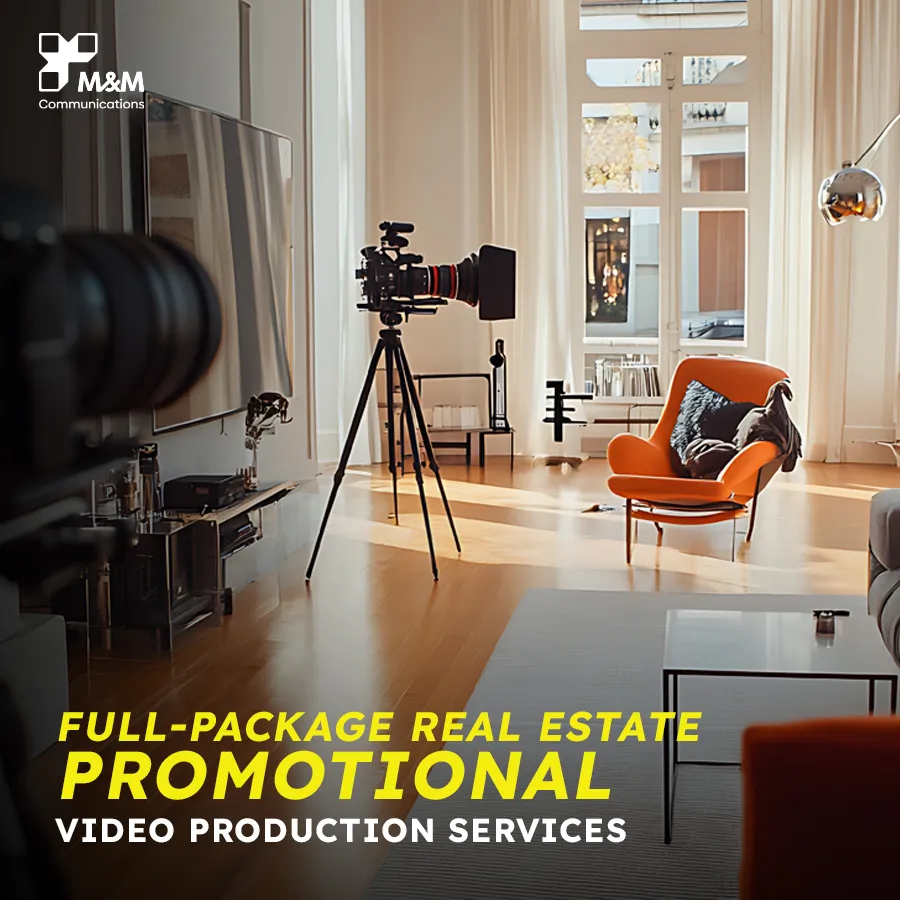
Holographic Video and 3D Projection Marketing: The Future of Immersive Brand Experiences in Vietnam
The Dawn of Holographic Marketing in Vietnam
Holographic video and 3D projection marketing represent the cutting edge of immersive brand experiences, transforming how Vietnamese businesses engage with their audiences. As consumer expectations evolve beyond traditional advertising, holographic displays and projection mapping offer unprecedented opportunities to create memorable, shareable moments that drive brand awareness and customer engagement.
The Vietnamese market has witnessed a rapid adoption of these technologies, particularly in major cities like Ho Chi Minh City and Hanoi, where brands are leveraging holographic installations for product launches, retail experiences, and large-scale events. From shopping malls featuring holographic fashion shows to automotive showrooms using 3D projections to showcase vehicle features, the applications are diverse and growing exponentially.
What makes holographic video marketing particularly powerful is its ability to stop people in their tracks. In an era of digital fatigue where consumers scroll past thousands of ads daily, a well-executed holographic display creates an unmissable physical presence that commands attention and generates organic social media buzz.
Understanding Holographic Display Technologies
Holographic displays come in several forms, each with distinct characteristics and applications. Pepper's Ghost illusions, one of the oldest techniques, use angled glass and strategic lighting to create floating images that appear three-dimensional. This method has been modernized with high-brightness projectors and specialized reflective surfaces, making it ideal for retail displays and small-scale activations.
True volumetric displays represent the next generation, using laser plasma technology or high-speed rotating LED screens to create images that can be viewed from 360 degrees without special glasses. While still expensive, these systems are becoming more accessible for high-impact campaigns and permanent installations in flagship stores.
Holographic fans and LED mesh screens offer a more affordable entry point for Vietnamese businesses. These devices create the illusion of floating images through persistence of vision, rotating LED strips at high speeds to form coherent 3D imagery. They're particularly popular in retail environments, trade shows, and pop-up activations where portability and cost-effectiveness matter.
For truly large-scale impact, projection mapping transforms physical surfaces into dynamic displays. By precisely mapping digital content to building facades, product shapes, or custom structures, brands can create jaw-dropping spectacles that blur the line between physical and digital realities.
3D Projection Mapping: Transforming Surfaces Into Stories
Projection mapping has evolved from a novelty to a sophisticated marketing tool that Vietnamese brands are using to tell compelling stories. The technology works by using specialized software to map digital content to irregular surfaces, accounting for depth, angles, and architectural features to create perfectly aligned visuals that appear to transform the physical world.
The process begins with precise 3D modeling of the projection surface, often using photogrammetry or LiDAR scanning for complex shapes. Content creators then design animations that interact with the surface's geometry, creating illusions of movement, transformation, and depth that captivate audiences.
Vietnamese brands have successfully deployed projection mapping for diverse applications. Real estate developers use building facade projections to showcase upcoming projects, creating neighborhood-wide spectacles that generate significant media coverage. Shopping centers employ interior projection mapping during festivals and seasonal campaigns, transforming atriums into immersive environments that drive foot traffic.
Product launches benefit particularly from projection mapping's ability to create narrative experiences around physical objects. Automotive brands project visualizations onto vehicle surfaces to highlight features, while consumer electronics companies use projection to demonstrate product capabilities in visually striking ways that traditional video cannot match.
Creating Effective Holographic Video Content
Producing holographic video content requires a different mindset than traditional video production. The content must be designed specifically for the display technology, considering viewing angles, depth perception, and the unique characteristics of holographic presentation.
For Pepper's Ghost installations, content should feature subjects against black or green screen backgrounds that will become transparent in the final display. Characters and objects should be filmed or rendered with strong edge definition and high contrast to maintain clarity in the holographic presentation. Movement should be deliberate and consider that viewers may be watching from various angles.
Volumetric content creation involves capturing subjects using arrays of cameras or depth sensors that record three-dimensional spatial data. This volumetric video can then be played back on true 3D displays, allowing viewers to see subjects from any angle. Vietnamese production companies are increasingly offering volumetric capture services, making this technology more accessible for brands.
Content for holographic fans and LED displays should be designed with the circular display area in mind, utilizing the center space most effectively while ensuring that rapidly moving elements don't create distracting flicker. Animation should be smooth and looped seamlessly, as these displays typically run continuously in retail environments.
For projection mapping, content creation is inseparable from the physical environment. Every animation must be crafted specifically for the target surface, using the architecture to enhance the storytelling. Vietnamese content creators excel at incorporating local cultural elements into projection mapping narratives, creating campaigns that resonate deeply with local audiences while maintaining international production quality.
Applications in Event Marketing and Activations
Events and brand activations represent the most dynamic application of holographic and projection technologies in Vietnam. These temporary installations create high-impact moments that generate immediate engagement and long-tail social media amplification.
Product launches have been revolutionized by holographic presentations that allow attendees to interact with virtual products before physical versions are available. Vietnamese technology companies frequently use holographic displays to showcase upcoming devices, creating anticipation and allowing detailed feature exploration in a futuristic setting that aligns with innovation messaging.
Corporate events and conferences use holographic speakers to enable remote participation without the limitations of traditional video conferencing. A CEO in Singapore can appear as a life-sized hologram at a Ho Chi Minh City event, delivering keynotes with a physical presence that commands attention far better than a screen.
Festival and cultural event organizers have embraced projection mapping to create immersive environments that transform venues. Music festivals use projection mapping on stage structures to create visual spectacles synchronized with performances, while cultural celebrations employ the technology to tell historical stories on heritage buildings, connecting past and present in powerful ways.
Trade shows and exhibitions in Vietnam increasingly feature holographic displays as attention-grabbing centerpieces. In crowded exhibition halls where hundreds of brands compete for attention, a well-executed holographic installation can increase booth traffic by 300-500%, according to event organizers at major Vietnamese trade shows.
Retail and Showroom Applications
Retail environments are leveraging holographic technology to create shopping experiences that combine online convenience with physical engagement. Vietnamese retailers, particularly in fashion, electronics, and luxury goods sectors, are pioneering applications that enhance customer decision-making while creating Instagram-worthy moments that drive organic marketing.
Holographic product displays allow retailers to showcase entire product lines in limited physical space. A cosmetics retailer can display hundreds of products as holograms, allowing customers to browse visually before requesting physical samples of items that interest them. This approach combines the broad selection of e-commerce with the tangible experience of physical retail.
Virtual try-on experiences powered by holographic displays and augmented reality create personalized shopping moments. Fashion retailers use holographic mirrors that overlay clothing onto customers' reflections, allowing them to try unlimited combinations without changing clothes. Vietnamese consumers have embraced these technologies enthusiastically, with installations often generating queues and social media sharing.
Automotive showrooms use projection mapping to transform vehicle presentations, projecting visualizations of internal components, available colors, and features directly onto vehicle surfaces. This approach is particularly valuable in Vietnam's space-constrained showrooms, where displaying every configuration physically would be impossible.
Luxury brands create holographic storytelling installations that communicate heritage and craftsmanship in emotionally resonant ways. A watch retailer might use holographic displays to show the intricate movements inside timepieces, while a spirits brand could create holographic narratives about distillery processes and ingredient sourcing.
Technical Requirements and Production Workflow
Implementing holographic and projection marketing requires understanding the technical infrastructure and production pipeline. For Vietnamese businesses exploring these technologies, starting with clear objectives and realistic budgets ensures successful deployments.
Projection mapping projects begin with site surveys and 3D modeling. Professional-grade projectors, typically 10,000-30,000 lumens for outdoor installations, are positioned and calibrated using specialized software like MadMapper, Resolume, or TouchDesigner. Vietnamese technical production companies have developed expertise in these platforms, offering turnkey solutions from concept to execution.
Holographic display installations require controlled lighting environments for optimal effect. Pepper's Ghost setups need dark surroundings to maintain the illusion, while holographic fans work in various lighting conditions but achieve maximum impact in dimmer settings. Site selection should consider ambient light, viewing angles, and traffic flow to maximize audience exposure.
Content production workflows vary by technology but generally require 3D modeling software like Cinema 4D, Blender, or Maya, combined with compositing tools like After Effects. Vietnamese creative agencies have built specialized teams proficient in these tools, often collaborating with international partners on large-scale projects while bringing local market understanding to content strategy.
Hardware requirements range from affordable holographic fans starting around 10-20 million VND to high-end volumetric displays costing hundreds of millions. Projection mapping projects might require equipment rentals of 50-200 million VND for short-term activations, while permanent installations in flagship stores justify larger capital investments.
Vietnamese Market Success Stories
Vietnamese brands and agencies have executed remarkable holographic and projection campaigns that demonstrate the technology's marketing effectiveness. These case studies provide valuable insights for businesses considering similar investments.
A major Vietnamese telecommunications company launched their 5G network with a series of projection mapping events in major cities, transforming iconic buildings into canvases that illustrated the speed and connectivity of the new network. The campaign generated over 50 million social media impressions and positioned the brand as a technology leader.
A luxury shopping center in Ho Chi Minh City installed permanent holographic displays throughout the property, featuring rotating content from tenant brands. The installation increased average dwell time by 23% and became a destination attraction, with visitors specifically traveling to experience and photograph the holographic installations.
An automotive brand used holographic technology for a new model launch, creating a traveling roadshow that visited secondary cities across Vietnam. The holographic presentation allowed the brand to create premium launch experiences in markets where building temporary structures would be cost-prohibitive, democratizing access to high-impact marketing across the country.
A Vietnamese heritage brand celebrating its 50th anniversary commissioned a projection mapping spectacular on a heritage building in Hanoi's Old Quarter. The 15-minute show told the brand's history through a combination of archival footage and animated narratives, creating an emotional connection with audiences that drove a 40% increase in brand favorability among younger consumers.
Measuring ROI and Campaign Effectiveness
Holographic and projection marketing requires investment justification through clear measurement of campaign impact. Vietnamese marketers have developed frameworks for evaluating these experiential campaigns that go beyond traditional metrics.
Attendance and engagement metrics form the foundation, tracking foot traffic increases, dwell time, and direct interactions with installations. Vietnamese shopping centers report that holographic displays can increase traffic in surrounding areas by 15-30%, with visitors spending an average of 8-12 minutes engaging with installations compared to 30-60 seconds with traditional displays.
Social media amplification provides powerful secondary value. Each person who photographs and shares a holographic experience extends the campaign's reach exponentially. Vietnamese brands track hashtag usage, user-generated content volume, and sentiment analysis to quantify earned media value, often finding that organic social reach exceeds paid campaign reach by 3-5x for memorable holographic installations.
Brand lift studies measure changes in awareness, consideration, and preference following holographic campaigns. Vietnamese market research firms have adapted traditional brand tracking methodologies to account for experiential marketing, conducting surveys before and after activations to quantify impact on brand metrics.
Sales correlation, while challenging to attribute directly, provides ultimate validation. Retailers with holographic displays track conversion rates and average transaction values for customers who interacted with installations versus those who didn't, typically finding 20-40% higher conversion among engaged shoppers.
Cost Considerations and Budget Planning
Vietnamese businesses must approach holographic and projection marketing with realistic budget expectations and clear understanding of cost drivers. Investments range from modest to substantial depending on technology choices and campaign scope.
Entry-level holographic marketing can begin with holographic fan displays priced at 10-30 million VND for quality units. These work well for retail environments and trade show booths, providing eye-catching displays without massive infrastructure requirements. Content production for these displays costs 5-15 million VND for professional-quality looped animations.
Mid-range Pepper's Ghost installations for retail or event applications typically require 50-150 million VND including hardware, installation, and content production. These create more impressive effects suitable for flagship stores, permanent museum installations, or high-profile product launches.
Large-scale projection mapping events represent significant investments, with costs ranging from 200-500 million VND for single-night activations on medium-sized buildings, scaling to several billion VND for complex multi-building spectaculars with original content and extended runs. Vietnamese production companies offer various packages allowing brands to balance ambition with budget constraints.
Volumetric displays and true holographic systems remain premium investments, with hardware costs starting at 500 million VND and extending into billions for cutting-edge systems. These make sense primarily for permanent installations in flagship locations where the technology becomes a destination attraction justifying the investment.
Future Trends and Emerging Technologies
The holographic and projection marketing landscape continues evolving rapidly, with emerging technologies promising even more powerful capabilities for Vietnamese marketers. Understanding these trends helps businesses plan future-ready campaigns.
Light field displays represent the next generation of holographic technology, creating true three-dimensional images viewable from any angle without special glasses. While still expensive, costs are decreasing, and Vietnamese early adopters in luxury retail and automotive sectors are beginning to explore deployments.
AI-powered content generation is streamlining holographic content production. Machine learning algorithms can now convert 2D video into volumetric formats, generate projection mapping content automatically from 3D scans, and even create real-time responsive visuals that adapt to audience presence and behavior. Vietnamese creative agencies are integrating these tools to reduce production costs and timelines.
5G connectivity enables new possibilities for distributed holographic experiences. Multiple locations across Vietnam could feature synchronized holographic presentations, creating national-scale campaigns with localized elements. Real-time holographic streaming becomes practical, allowing interactive elements and live performance capture.
Integration with augmented reality creates hybrid experiences where holographic displays serve as physical anchors for digital content layers accessible through smartphones. Vietnamese consumers can view holographic installations with enhanced information, interactive elements, and personalized content overlays, bridging physical and digital experiences seamlessly.
Implementation Strategy for Vietnamese Businesses
Successfully deploying holographic and projection marketing requires strategic planning that aligns technology capabilities with business objectives and brand positioning. Vietnamese businesses should approach implementation systematically to maximize ROI and minimize risks.
Start with pilot projects that test the technology on a manageable scale before committing to large investments. A pop-up activation using rented equipment allows brands to gauge audience response, measure engagement metrics, and refine content approaches before building permanent installations.
Partner with experienced Vietnamese production companies who understand local market nuances, technical requirements, and regulatory considerations. The Vietnamese market has developed strong capabilities in this sector, with agencies offering competitive pricing compared to international alternatives while maintaining high production quality.
Integrate holographic elements into broader omnichannel campaigns rather than treating them as isolated activations. Use physical holographic experiences to drive online engagement through hashtag campaigns, use social media to build anticipation for upcoming installations, and leverage content captured at holographic events across digital channels.
Consider content longevity and updateability when planning installations. Permanent holographic displays should feature modular content systems allowing regular refreshes without hardware changes. Seasonal updates, promotional campaigns, and trending content keep installations relevant and encourage repeat visits.
Getting Started With Holographic Marketing in Vietnam
Vietnamese businesses ready to explore holographic and projection marketing have multiple entry points depending on objectives, budgets, and technical comfort levels. The technology has matured to the point where options exist for businesses of all sizes.
Small and medium businesses can start with holographic fan displays for retail locations or trade show booths. These require minimal technical expertise, work in various environments, and create immediate visual impact at accessible price points. Content can be produced by Vietnamese creative agencies familiar with the format, or businesses can use stock holographic content libraries while developing custom materials.
Mid-sized brands with event marketing budgets should consider projection mapping for product launches or brand activations. Working with Vietnamese event production companies provides turnkey solutions including concept development, content production, technical setup, and on-site management. These partnerships allow brands to achieve spectacular results without building in-house expertise.
Enterprise brands and retailers can justify permanent holographic installations that become signature brand experiences. These require larger upfront investments but provide ongoing marketing value, become destinations that drive traffic, and demonstrate innovation leadership that elevates brand positioning in competitive markets.
The holographic and 3D projection marketing landscape in Vietnam is vibrant, growing, and increasingly accessible. As hardware costs decrease and production expertise expands, these technologies are transitioning from luxury experiments to proven marketing tools that deliver measurable business results. Vietnamese brands that embrace these capabilities now position themselves as innovation leaders while creating the memorable, shareable experiences that define successful modern marketing.
Ready to transform your marketing with holographic and 3D projection experiences? MMCom specializes in creating immersive brand activations that captivate Vietnamese audiences and deliver measurable results. Our team combines cutting-edge technology with deep local market expertise to design and execute holographic campaigns that elevate your brand above the competition.
Contact MMCom today for a consultation on your holographic marketing strategy:
Hotline: 0909 123 456
Email: hello@mmcom.vn
Let's create unforgettable experiences that turn your audience into advocates and drive real business growth through the power of holographic innovation.






